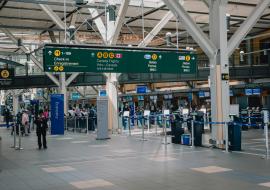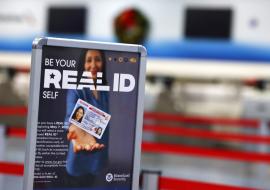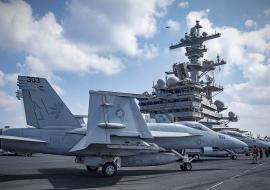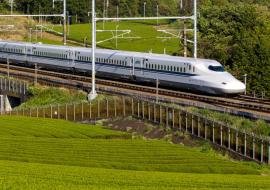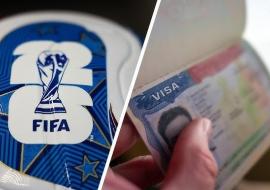Stowe Couple Finishes First in Miami-to-Cuba Boat Race
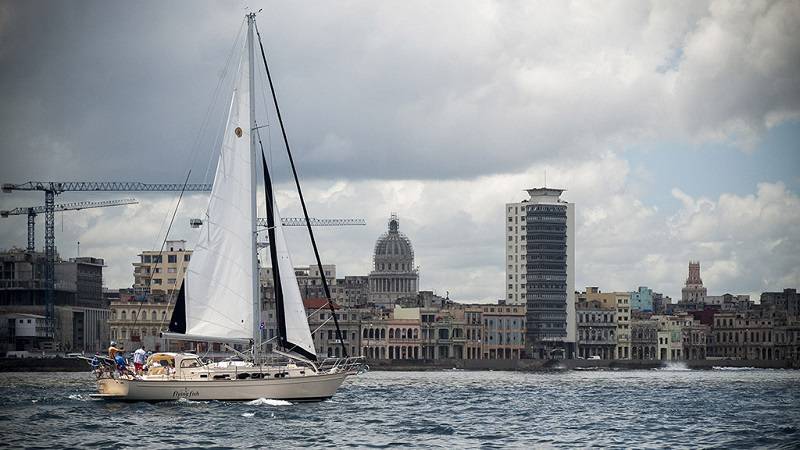
There are 12 reasons U.S. citizens are allowed to travel to Cuba, and the Miami-to-Havana sailing race just might be the most fun.
The race allowed Stowe couple Doug White and Martha Turek to see the sugar-white beaches, colorful countryside and storied city — and they also finished first in their class aboard the Southern Cross, a 42-foot catamaran that sailed the 210-mile course in just over 31 hours.
White, a senior project manager at Norwich University and chair of the Stowe Development Review Board, is no stranger to long ocean trips, but for Turek, a digital asset manager at Gardener’s Supply by day, it was her first time sailing in open waters, with no land in sight.
“I’ve used my boating to go all sorts of places, to meet all kinds of people,” White said.
The Miami-to-Havana race, now in its second renaissance year, is part of the Southern Ocean Racing Conference series, cosponsored by Hemingway International Yacht Club — as in Ernest — and used to take place in the 1930s and ’40s, White said.
The Southern Cross is owned by Todd Toensing and Beth Kohler of Underhill, who were aboard for the race along with Todd’s father, Trent. They bought the boat two years ago, and White spent a year helping to prepare the boat with the goal of racing to Cuba.
“It’s all about preparation,” White said. “We won our class because we had a fast boat that was ready to win a race, ready to go.”
In this year’s race, 37 boats set off from Miami, and all but five finished. Equipment problems — including blown sails, shattered rudders and cracked masts — can happen at any time; plus, navigating the ocean isn’t exactly a walk in the park.
Race entrants were given 21 marks or coordinates that created a line from Miami to Havana, and each boat sailed a slightly different route. Boats couldn’t cross the “line” inside the Florida Keys, home to sea turtle sanctuaries, reefs, fishing operations and the like.
The Southern Cross crew worked in four-hour shifts to keep the boat on course and free from danger. The boats in the race had special tracking devices installed, like those required on commercial boats longer than 65 feet.
The race started at 11:30 a.m. on March 14, as Vermont was being hammered with snow. Sailors left with a wind advisory, and White said at times they hit speeds of more than 17 knots — almost 20 mph, which feels very fast in a sailboat compared to a car. Once, when the wind died, they could barely keep 4 knots (just over 4 mph); their average speed was around 7.5 to 8 knots, depending on the time of day.
On arrival in Havana, “it was very exciting for the three of us — Beth, Todd and myself — to come across the line and realize we were first in our class,” White said.
Source: Stowe Today







